What Is a Cover Page?
A cover page, also often called a cover letter, is one of the first things a hiring manager reads when reviewing your application. To make a positive first impression, your cover page should be easy to read and include information about why an employer should hire you. Read this article to learn the basics of cover pages, what details and information should be included and how to format a cover page.

What is a cover page?
A cover page is a one-page letter you send to employers in addition to your resume and any other application materials they ask for. You can describe your skills, experience, education and achievements that make you a good fit for the role. Be sure to include the reason why you applied for the position. A cover page can serve as a way to explain your interest in the role since a resume has limited space. Consider submitting a personalized cover page with each application you send.
What to include in a cover page
Here are the main items you should include in a cover page:
At the top of your cover page, add a formal business header.
Example of a business header:
- Your name, address, phone number and email address
- The recipient’s name, company and address
If you’re unsure of the name of the person you need to send your cover page to, you can use the company name instead.
After your header, add a salutation that addresses the recipient. A professional salutation will have the recipient’s title and last name. For example, ‘Dear Mr. Wise.’ Reread the job description to see if there’s a specific person you should address, or you can contact the company. Use ‘Dear Hiring Manager,’ or ‘Dear Hiring Committee’ if you don’t know who to address.
Details about the job and company
In your first paragraph, explain what job you’re applying for and how you found it. Specify which website you found the job advertisement on so hiring managers know which recruitment efforts are working.
If someone referred you, include their name so the hiring manager can contact that person for more details about you. Including a name can also get the employer’s attention, making it more likely that they’ll invite you in for an interview.
Skills and experience
Use your second paragraph to describe why you’re the right person for the job. Go into detail about any certain skills you have that the employer may find useful. If possible, relate your skills to some in the job description. Your cover page is a good place to write about how you use your skills in the workplace, so give specific examples.
If you have any experience that relates to the job, you can also write about that in the second paragraph. Try to incorporate how you used the skills you mentioned to excel in the role.
Additional items
If education, certifications or licensure are important for the job, list them in the next paragraph.
Examples of additional information you might want to include:
- Degree title
- Year awarded
- Awarding body
- License number
- Expiration date
You can also add any achievements or accomplishments, such as winning an award.
Interest in the role
In the next paragraph, tell the employer why you’re interested in the role. Look at the company’s website and the job description, then pick one or two things that make you excited about the job or business. This shows the employer that you did your research and truly want to work for the company.
The final paragraph of your cover page should have a call to action for the hiring manager to follow up with you. State that you’re looking forward to learning about the next steps in the interview process, and that they can contact you if they have any questions about your resume and qualifications. You can also thank them for taking the time to read your cover page and resume.
After that, include a professional closing, like ‘Sincerely,’ ‘Best’ or ‘Regards.’
Name and signature
Add a space after your closing to add your signature. If you’re sending your cover page by email, you can add an electronic signature or leave the space out. Below your signature, print your name.
Cover page tips
Here are some tips to consider when writing your cover page:
- Keep it short. Cover pages should be less than a page long. This ensures the employer can read it all the way through instead of scanning it.
- Only include the necessary details. To keep the hiring manager’s interest, add details that are relevant to the role. Keep it focused so it’s easy to read in a short amount of time.
- Use keywords if possible. Look at the job description for any keywords you might be able to add. Skills, responsibilities and qualifications are all good areas to check for words you can incorporate in your cover page.
By following these tips, you can create a cover page that hiring managers read from beginning to end.
Cover page template
You can use this template to write your own cover page:
[Your name] [Your address] [Your phone number] [Your email]
[Recipient’s name] [Recipient’s company] [Recipient’s address]
Dear [Recipient’s name],
[In the first paragraph, describe the role and how you found it.]
[Use the second paragraph to describe your skills and experience.]
[The third paragraph should explain your interest in the job.]
[End your letter with a call to action.]
[Closing], [Signature] [Your name]
Cover page example
This is an example of a basic cover page:
Michael Chang 43 2nd Ave. Franklin, PA 555-555-5555 [email protected]
February 4, 2020
Leandra Hussein Pennsylvania Glass, Inc. 673 Jacobs Ln. Franklin, PA
Dear Ms. Hussein,
Thank you for considering me for your open transportation coordinator position. Morgan Lee, an accounting clerk at your company, informed me of the role on Monday, and I was excited to apply.
In my three years as a transportation coordinator, I have developed excellent communication, time-management and organization skills. At my current job as a transportation coordinator with Diaz and Associates, I created a new fleet schedule and matrix that increased the number of local deliveries by four per day. I was also awarded Employee of the Month in November 2019.
After researching your company, I believe I would be a perfect fit for the role. I value teamwork and working hard to help others in achieving a common goal.
I would enjoy the opportunity to speak with you more about the job and your company. I have attached my resume for you to review, and I would be happy to answer any questions you have about my qualifications. Thank you for your time and consideration.
Regards,
Michael Chang
- Search Search Please fill out this field.
- Career Planning
- Finding a Job
What Is a Resume Cover Page?
Definition & Examples of a Resume Cover Page
:max_bytes(150000):strip_icc():format(webp)/ADHeadshot-Cropped-b80e40469d5b4852a68f94ad69d6e8bd.jpg)
How a Resume Cover Page Works
- Resume Cover Page Requirements
Examples of a Resume Cover Page
A resume cover page is a letter sent along with your resume when applying for jobs. It provides additional information on your skills and qualifications to a prospective employer.
Here's why you need a cover page and how to write one.
A resume cover page provides detailed information on why you're qualified for the job you're applying for. Don't think of the letter as a summary of your resume. Well-written cover letters explain why you're interested in this specific position and organization and why you're the best candidate for the job.
- Alternate names : Cover letter, covering letter
The purpose of a cover letter is to land an interview. Specificity is essential. If you write a generic letter and use it for every job application, it will show. It sends a signal that you're not that interested in the position and that you're not attentive to detail.
While it might sound overwhelming and time-consuming to personalize each cover page , the groundwork will be quite helpful if you do get an interview. Your research gives you a sense of the organization and how you can contribute it, and you can use that information to inform your interview.
Your cover page is your first impression with a hiring manager. In addition to making a case for your candidacy, take the time to proofread the letter and/or ask a friend or trusted mentor to review it and provide feedback.
The only time you shouldn't send a cover page is if the job posting specifically says not to.
Requirements for a Resume Cover Page
Before you start writing, spend some time reviewing the job advertisement . A close examination of the ad will reveal what's important to hiring managers. For instance, if the posting mentions the need for organization and time management skills, mention in your cover letter that you're deadline-driven. If the position calls for leadership competencies, mention teams or projects that you've overseen.
The format of a resume cover page varies slightly depending on whether you're emailing your resume as an attachment or sending it in the body of an email. Here's the standard format for an attachment.
Standard Cover Letter Format
Your Contact Information
Name Address City, State, ZIP Code Phone Number Email Address
Employer Contact Information (if you have it) Name Title Company Address City, State Zip Code
Salutation : Dear Mr./Ms. Name: ( begin here if you are sending the cover page in the body of an email)
First Paragraph Provide information on how you found out about the job and why you're applying. Mention the precise job title.
Middle Paragraphs This section of the cover letter can be one paragraph or several. Use this space to describe your experience, focusing on how it shows that you're a good match for the position and have the necessary qualifications.
Final Paragraph Wrap up your cover page letter here by thanking readers for their consideration, and providing information on how you will follow up.
Complimentary Close
Respectfully yours,
Typed Signature
Below is a sample resume cover page to help you craft your own.
Sheila Johnson 1234 Dogwood Avenue Knoxville, TN 37914 (123) 456-7890 sheila_johnson@email.com
July 2, 2020
Ms. Alexandra Eliot Hiring Manager ABC Company 3457 Neyland Street Knoxville, TN 37913
Dear Ms. Eliot:
I was very interested to learn that ABC Company is searching for a new Administrative Assistant through your recent posting on Indeed.com. Please accept the attached resume as a sign of my deep interest in this position.
As a recent graduate from Pellissippi State Community College’s Administrative Professional Technology Program, I can offer you advanced Microsoft Office 365 and QuickBooks accounting software skills. I am well-versed in traditional administrative tasks such as database management, data entry (typing 83 WPM), filing, and appointment scheduling.
You specify in your job posting that you're looking for someone with strong web design and social media management experience. Concurrent with my education at Pellissippi State, I also worked part-time as a Social Media Assistant for the Riverside Creative Agency. In that capacity, I helped create and manage new social media accounts on Facebook and LinkedIn for many local businesses. I’m sure that the skills I gained in social media design, SEO, and AdWords will allow me to contribute substantially to the in-house management of your website and social media presence.
My training, practical experience, attention to detail, and dedication to excellence will ensure that I hit the ground running as your next Administrative Assistant. ABC Company is widely respected as one of Knoxville’s best workplaces, and I would love to launch my career with your organization.
Thank you for your time and consideration. I look forward to discussing my qualifications in more detail. Please let me know if there is any additional information I can provide.
Sheila Johnson
Type your name at the close of the email followed by your contact information (email and telephone number). Your email subject line should include your name and the role you are seeking.
Key Takeaways
- A resume cover page is a letter sent along with your resume when applying for jobs.
- It provides detailed information on why you're qualified for the job you're applying for.
- Tailor each cover page to the position. Don't just summarize your resume; provide context and make a case for your candidacy.
- Use an example to help you craft your own cover page.

Resume Cover Page

In the competitive job market, a well-crafted resume cover page can make all the difference. It’s not just a piece of paper; it’s your chance to showcase your skills, highlight your career goals, and captivate potential employers from the get-go. But what exactly is a resume cover page, and how can you create one that stands out? In this article, we will delve into the world of resume cover pages, providing you with inspiring examples, expert tips, and a step-by-step guide to help you craft a winning document. So, let’s embark on this journey to elevate your professional profile to new heights!
One Page Resume Cover Letter
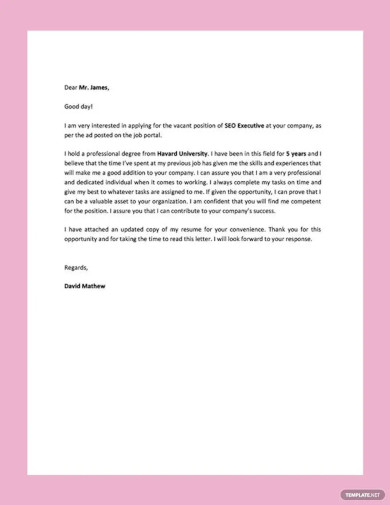
- Google Docs
Size: 24 KB
Electrician Resume Cover Letter
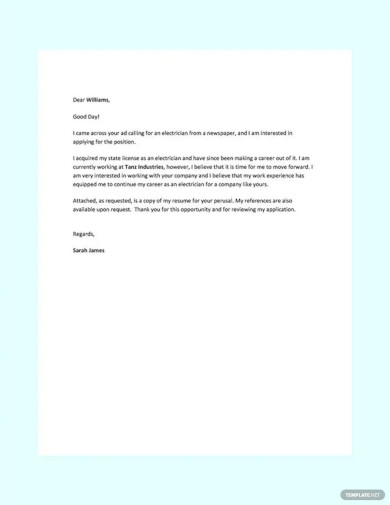
- Apple Pages
Size: 16 KB
Driver Resume Cover Letter
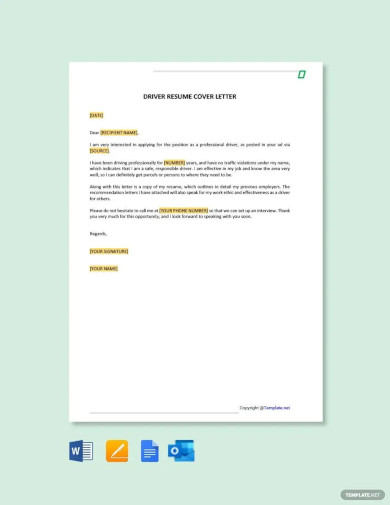
Size: 20 KB
Draftsman Resume Cover Letter
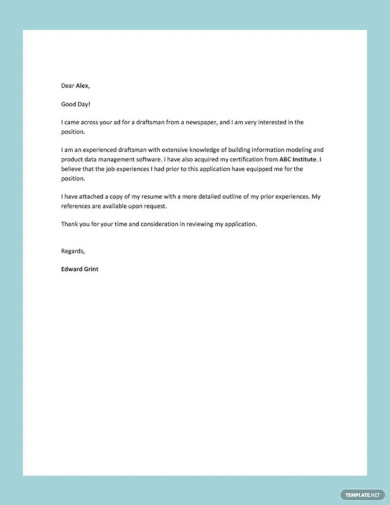
Size: 19 KB
Dietitian Resume Cover Letter
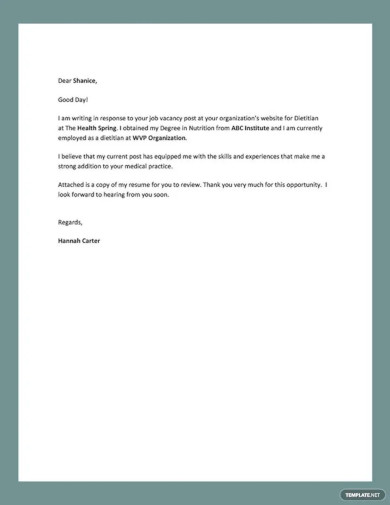
Size: 18 KB
Internship Resume Cover Letter Example
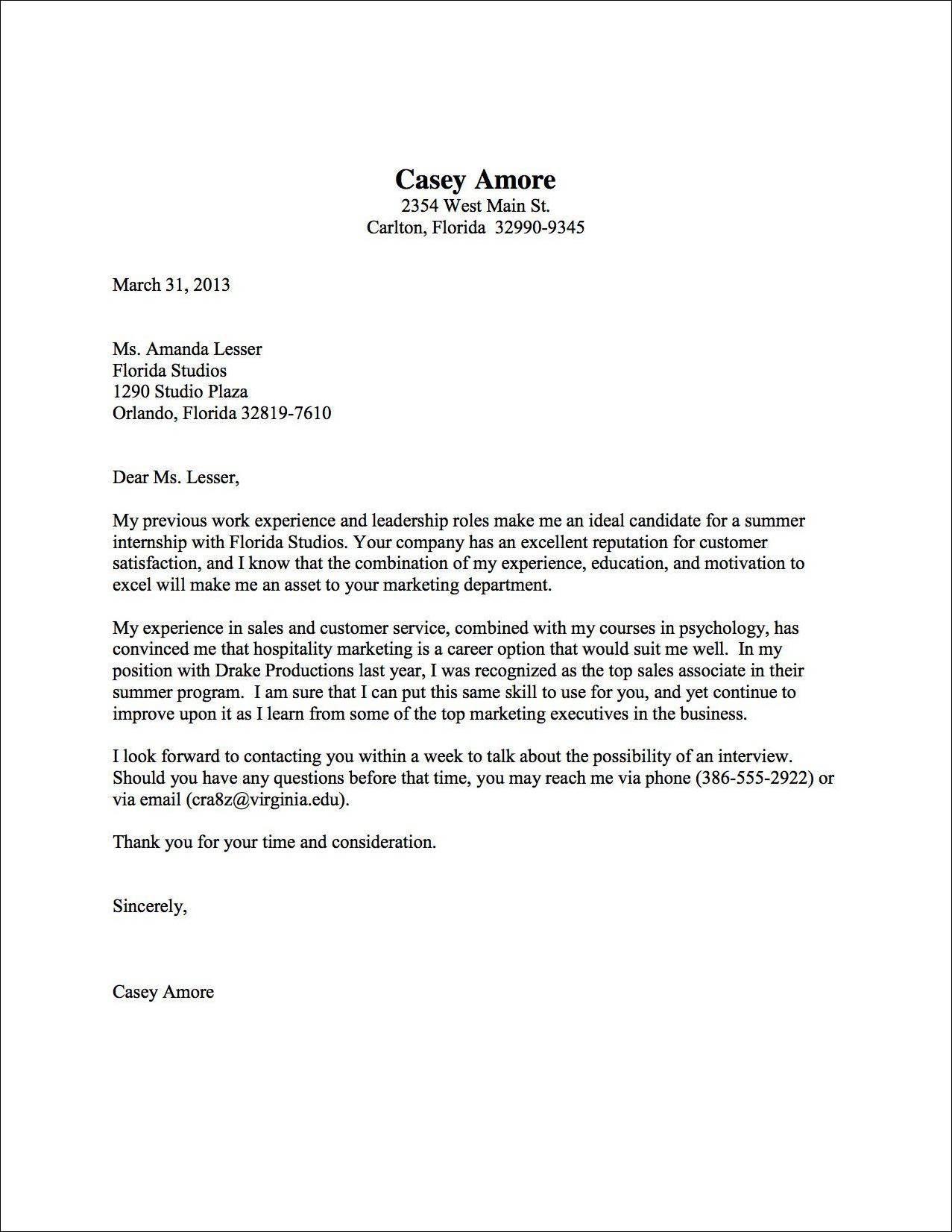
Size: 151 KB
Math Teacher Resume Cover Letter Example
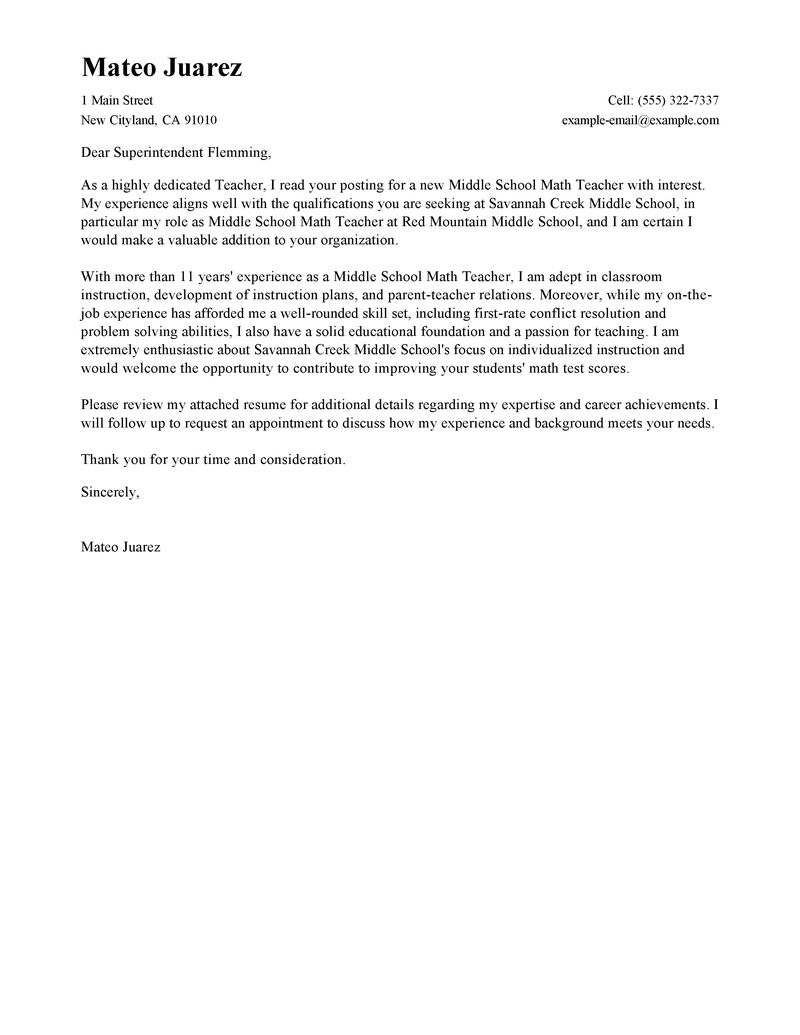
Size: 72 KB
Project Manager Resume Cover Letter Example
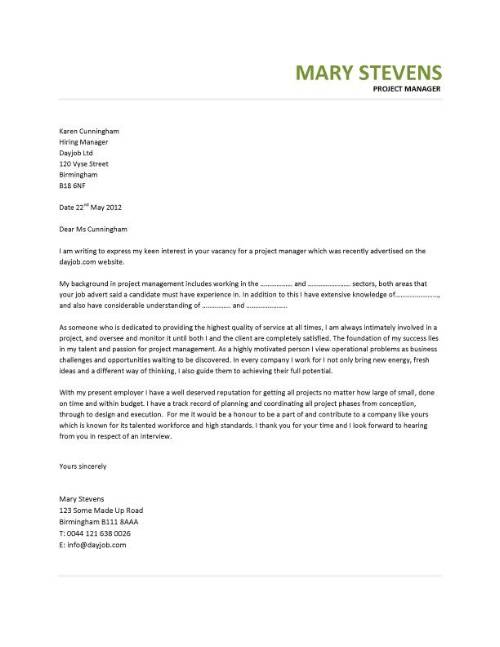
Size: 30 KB
Loan Associate Resume Cover Letter Example
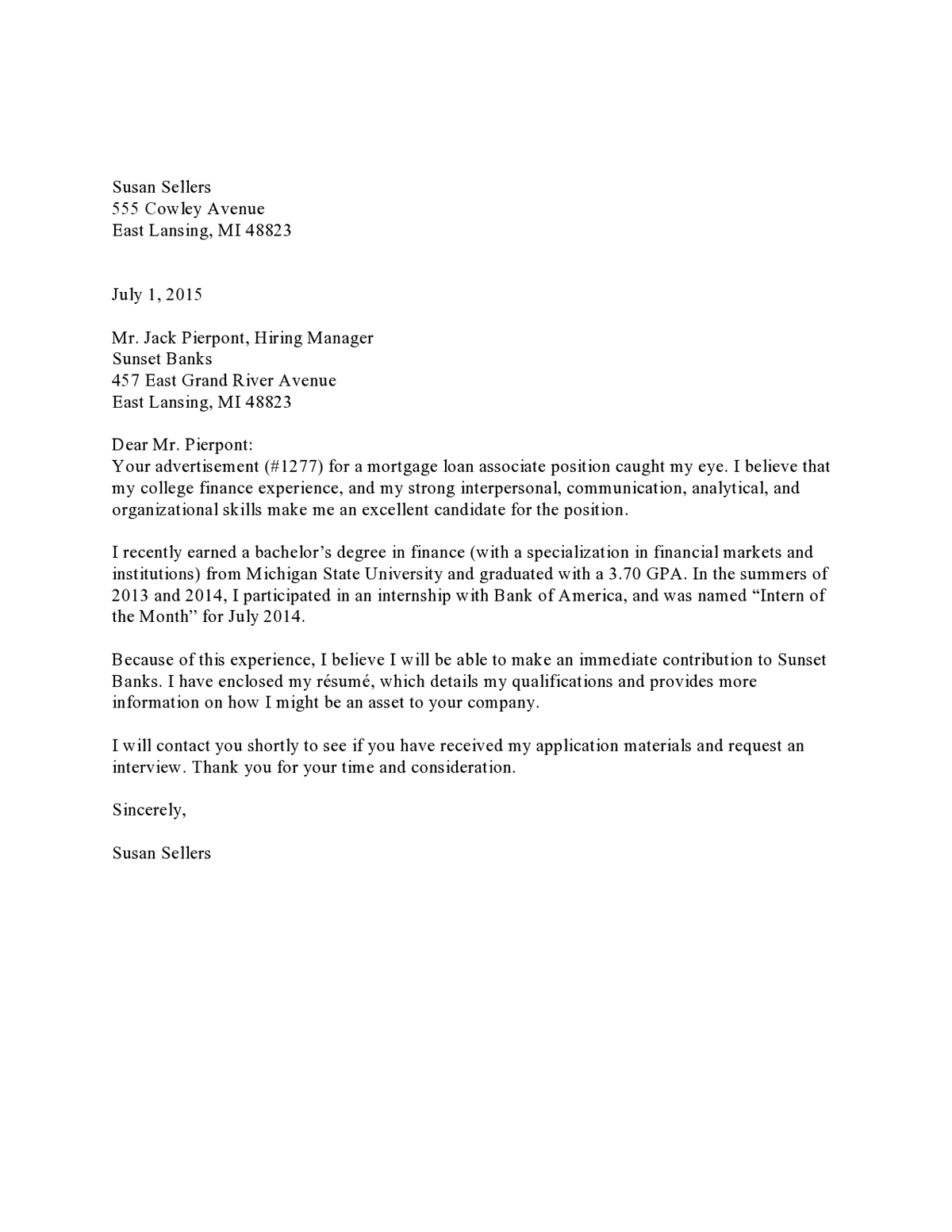
Size: 110 KB
Resume Cover Letter Example
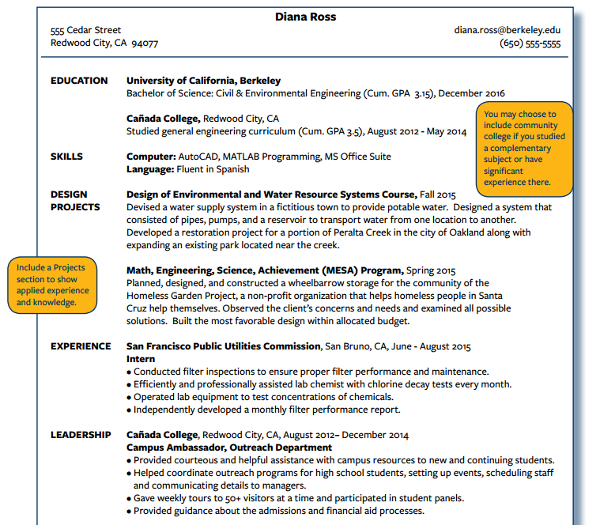
Size: 138 KB
Sports Resume Cover Letter Example
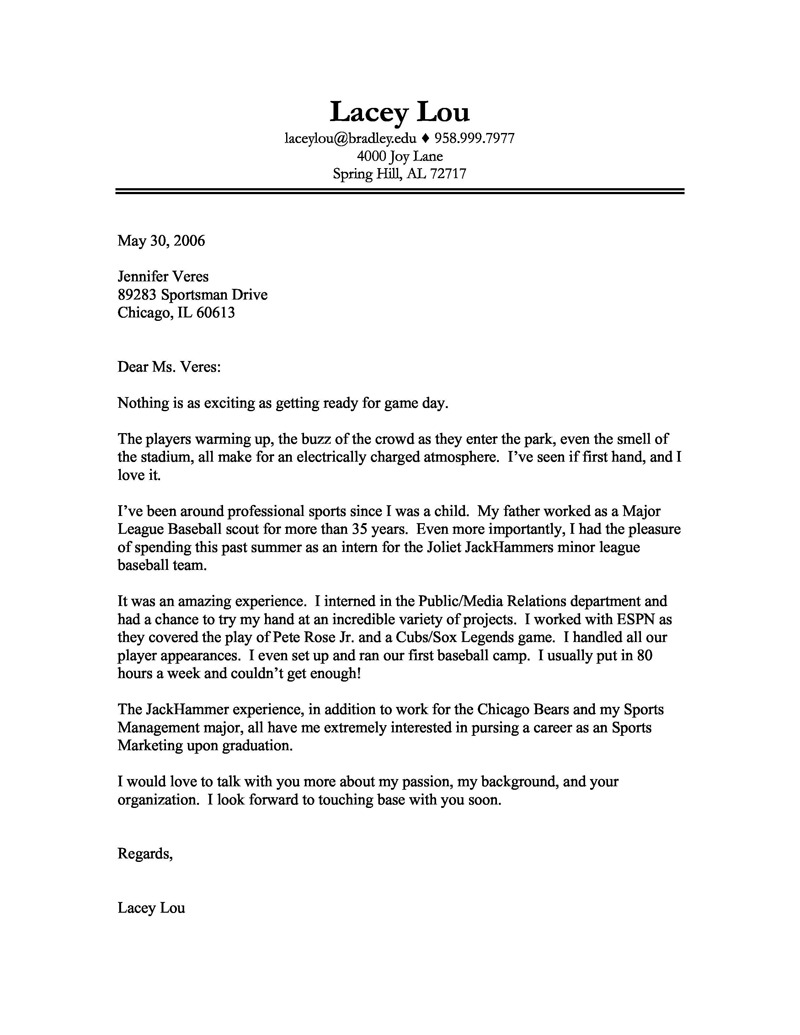
Size: 83 KB
Account Executive Resume Cover Letter Example
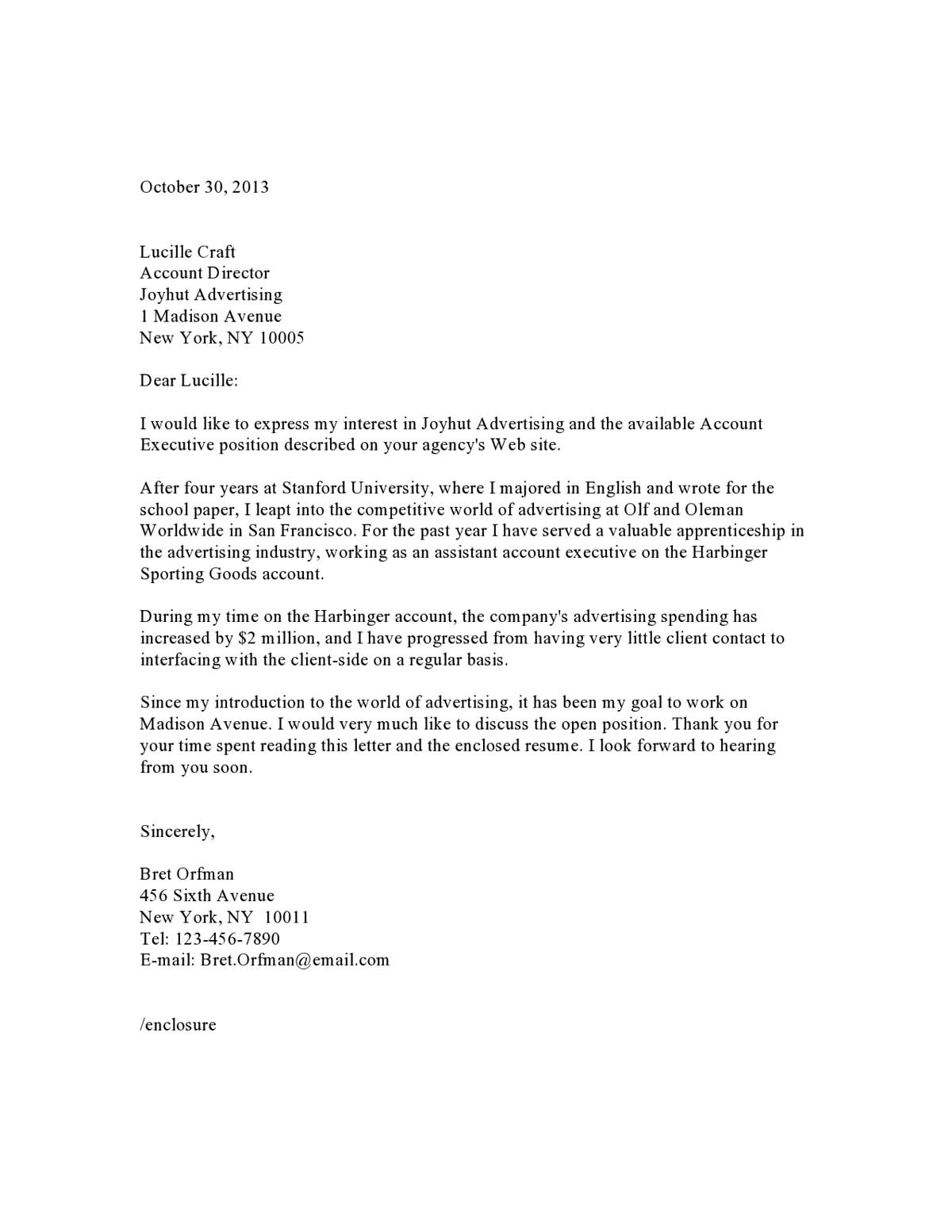
Size: 104 KB
Airline Resume Cover Letter Example

Size: 57 KB
Airline Resume Cover Letter Example 2
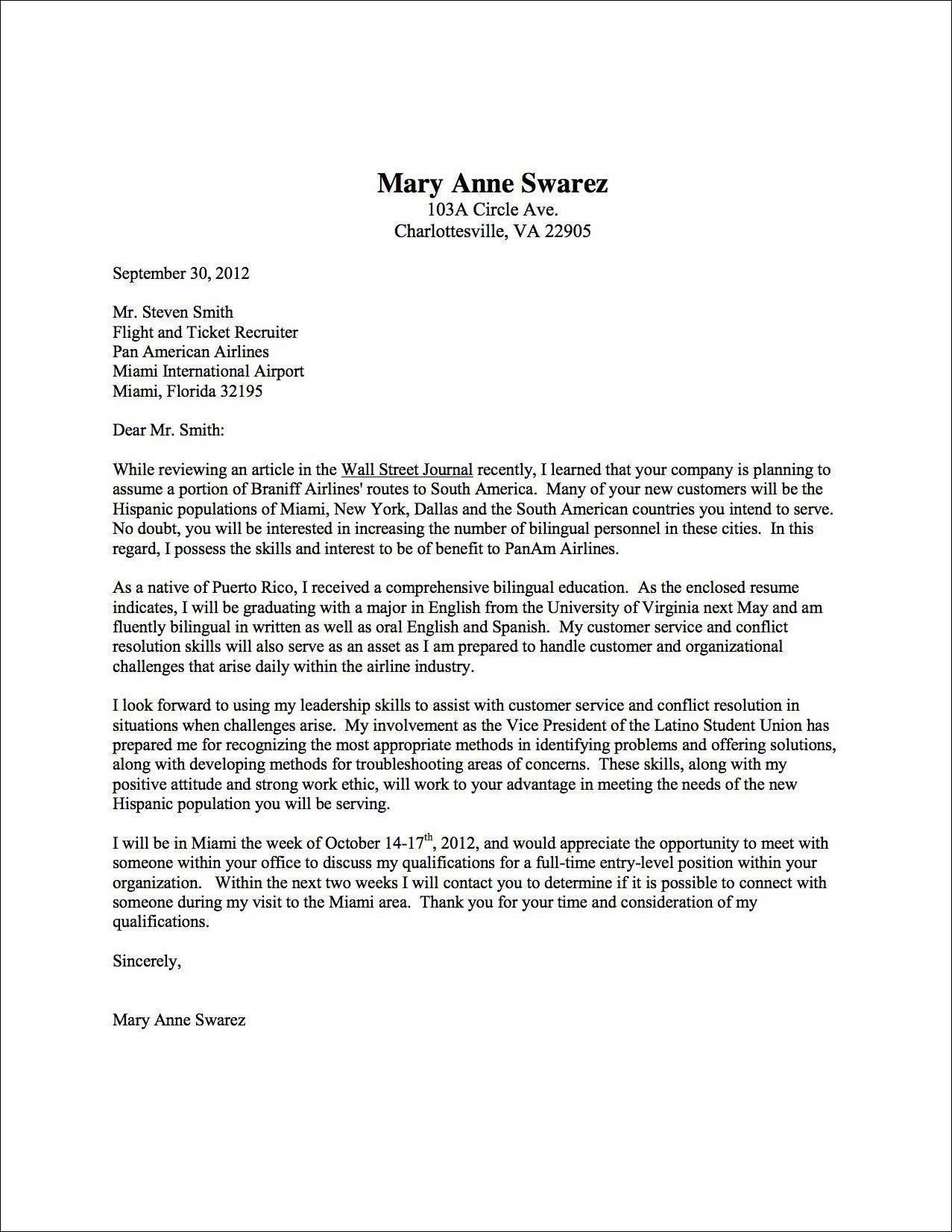
Size: 226 KB
Financial Analyst Resume Cover Letter Example
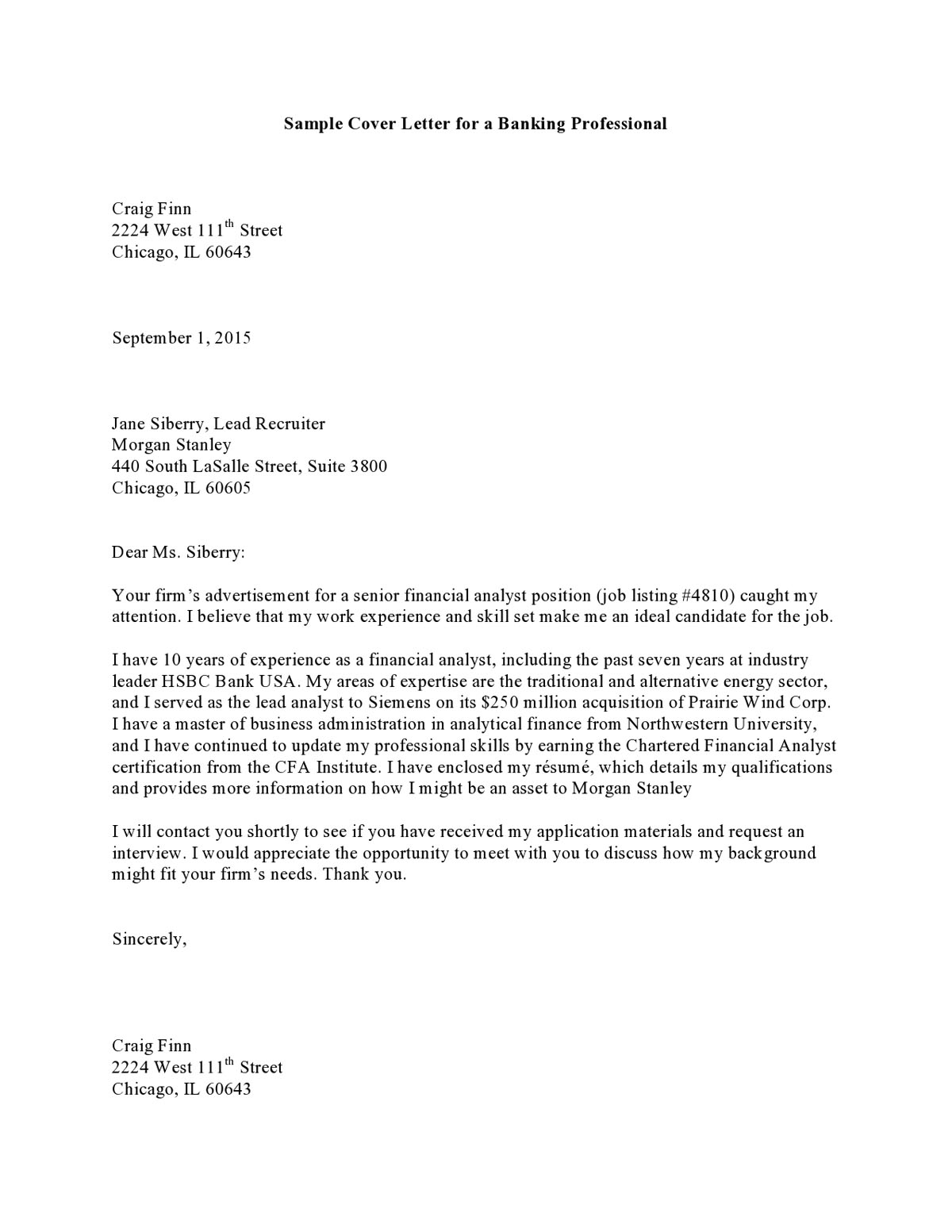
Size: 126 KB
Admin Assistant Cover Letter Example
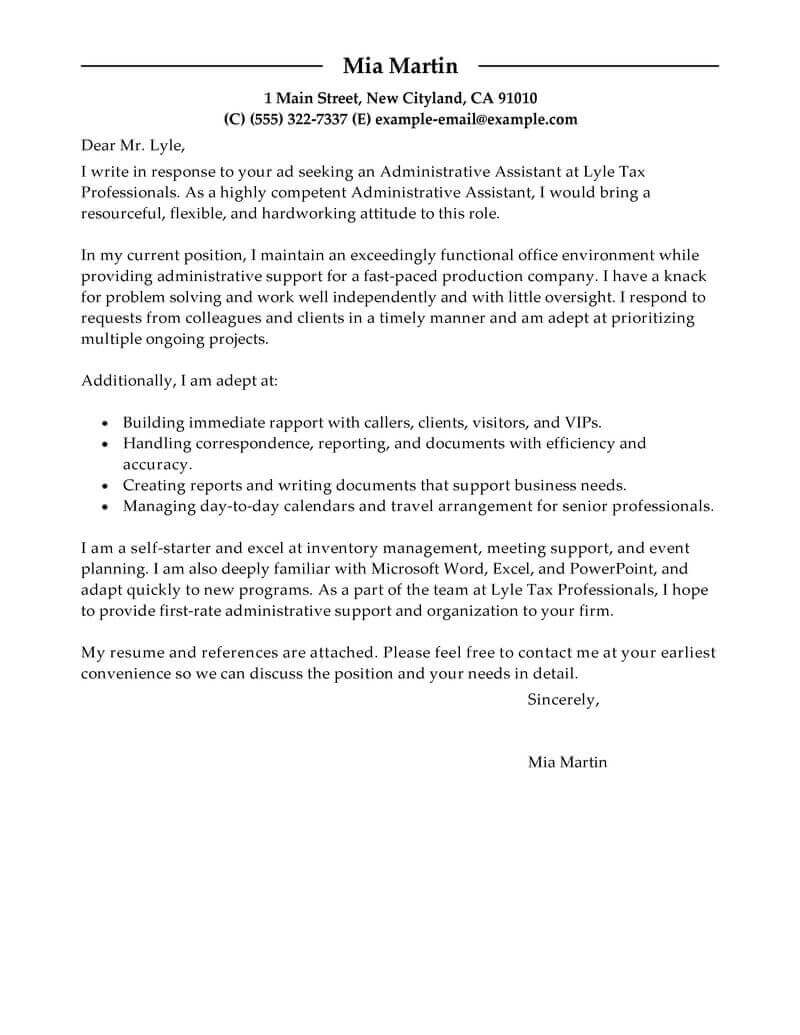
Size: 79 KB
Resume Cover Letter Guide
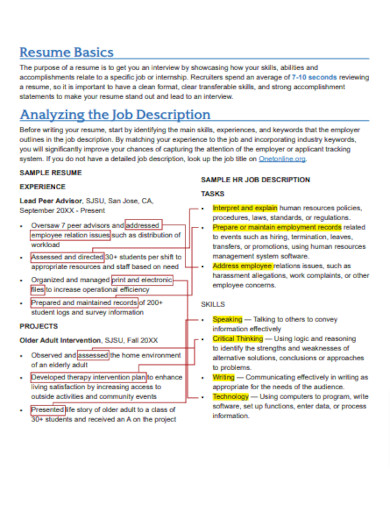
Size: 427 KB
Sample Cover Letters and Resumes
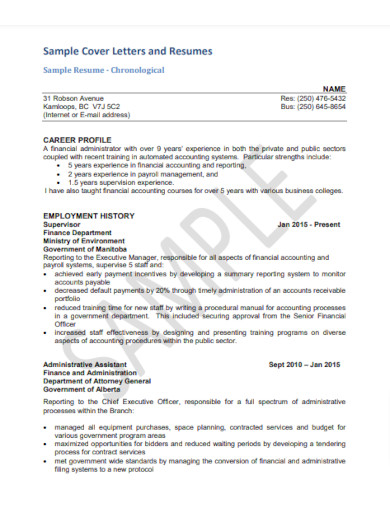
Size: 720 KB
Basic Resumes Cover Letters

Size: 695 KB
Creative Resume Cover Letter Guide
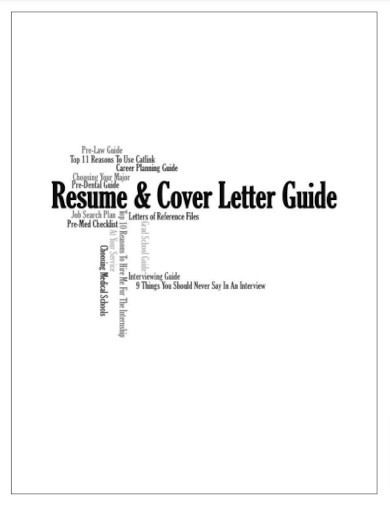
Size: 530 KB
Modern Resume Cover Page
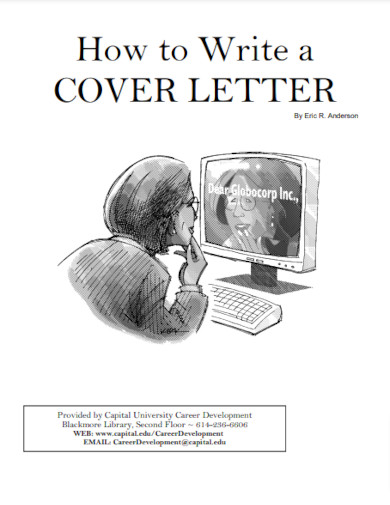
Size: 639 KB
Standard Resume and Cover Letter Guide
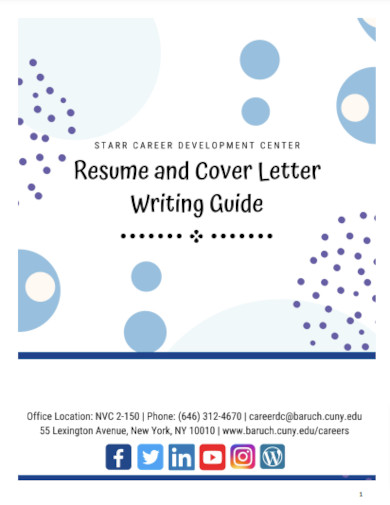

Printable Resume and Cover Letters
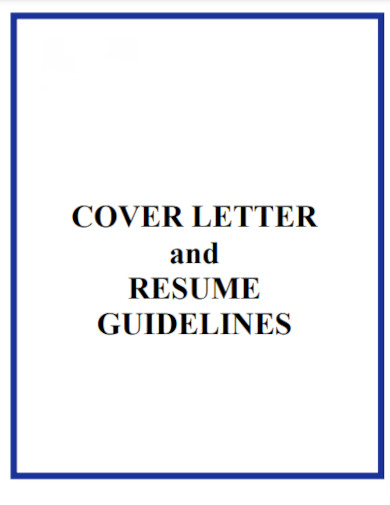
Size: 634 KB
What is a Resume Cover Page
A resume cover page, also known as a cover letter, is a one-page document that accompanies your resume when applying for a job. It serves as an introduction to your qualifications, skills, and experiences, allowing you to showcase your unique value proposition to potential employers. Unlike the resume, which provides a concise summary of your work history, a cover page gives you the opportunity to highlight specific achievements, express your enthusiasm for the position, and demonstrate your compatibility with the company’s values and culture. Think of it as your personal marketing tool, designed to make a memorable first impression and entice employers to delve deeper into your application.
How to Create a Resume Cover Page
Before diving into the creation process, it’s essential to understand the purpose and significance of a well-crafted resume cover page. This introductory paragraph will guide you through the key elements and considerations involved in creating an impactful cover page.
Step 1: Understand the Job Requirements
Begin by thoroughly analyzing the job description and understanding the key skills, qualifications, and qualities the employer is seeking. This will help you tailor your cover page to align with their expectations.
Step 2: Research the Company
Conduct research on the company’s values, culture, and mission. This knowledge will allow you to showcase your compatibility and enthusiasm for their organization in your cover page.
Step 3: Personalize Your Introduction
Start your cover page with a strong and engaging introduction. Address the hiring manager by name, if possible, and express your interest in the specific position. Grab their attention and make them eager to read further.
Step 4: Highlight Your Skills
In the body paragraphs, focus on showcasing your skills, both hard and soft, that are relevant to the job. Provide specific examples and quantify your achievements when possible. This will demonstrate your capabilities and differentiate you from other candidates.
Step 5: Connect with Your Career Goals
Clearly state your career goals and explain how the position aligns with your aspirations. Showcase your enthusiasm for the industry and your motivation to contribute to the company’s success.
Step 6: Showcase Your Work Experience
Highlight your relevant work experience and accomplishments. Emphasize how your previous roles have prepared you for the position you are applying for and how your contributions have made a positive impact.
Step 7: Maintain a Professional Tone
Throughout your cover page, maintain a professional and confident tone. Avoid clichés and generic statements. Instead, focus on providing specific, compelling evidence of your qualifications and abilities.
Step 8: Proofread and Edit
Before submitting your cover page, carefully proofread it for any grammatical or spelling errors. Ensure that the formatting is consistent and the content is concise and easy to read.
Step 9: Tailor for Each Application
Customize your cover page for each job application. Highlight the most relevant skills, experiences, and achievements that directly relate to the specific position you’re applying for. This shows the employer that you’ve taken the time to understand their requirements and are genuinely interested in the role.
Step 10: Use an Effective Closing
End your cover page with a strong closing paragraph. Reiterate your interest in the position and express your eagerness for the opportunity to discuss how your qualifications align with the company’s needs in an interview. Thank the hiring manager for their time and consideration.
What are hard skills and soft skills, and why are they important on a resume cover page?
Hard skills refer to specific technical or job-related abilities, such as coding, project management, or language proficiency. Soft skills , on the other hand, encompass interpersonal qualities like communication, leadership, and problem-solving. Both types of skills are crucial to showcase on a cover page as they demonstrate your competence and potential to excel in a given role.
How should I format the paragraphs on my resume cover page?
When it comes to paragraph format on a cover page, it’s essential to maintain a clean and organized appearance. Start with an engaging introduction paragraph , followed by two to three body paragraphs highlighting your skills and experiences. Use bullet points, subheadings, or bold text to enhance readability and make important details stand out.
What is the optimal text structure for a resume cover page?
A well-structured cover page typically consists of an introduction that grabs attention, body paragraphs that provide evidence of your qualifications, and a strong conclusion that reiterates your interest in the position and invites further action. Consider using a logical flow that guides the reader’s attention and maintains coherence throughout your cover page.
Crafting an impressive resume cover page is an art that requires careful consideration and attention to detail. By showcasing your skills, aligning your career goals , and highlighting your work experience , you can create a powerful document that sets you apart from the competition. Remember, whether you’re creating an internship resume or a manager resume , the principles remain the same – make it engaging, concise, and tailored to the specific role you’re applying for.
Now armed with examples and a step-by-step guide, go ahead and create your own outstanding resume cover page. This invaluable tool will help you open doors to new opportunities and increase your chances of landing your dream job. Good luck on your journey to professional success!
AI Generator
Text prompt
- Instructive
- Professional
10 Examples of Public speaking
20 Examples of Gas lighting
Resume Templates
Resume samples

Create and edit your resume online
Generate compelling resumes with our AI resume builder and secure employment quickly.
Write a cover letter

Cover Letter Examples
Cover Letter Samples

Create and edit your cover letter
Use our user-friendly tool to create the perfect cover letter.
Featured articles
- How to Write a Motivation Letter With Examples
- How to Write a Resume in 2024 That Gets Results
- Teamwork Skills on Your Resume: List and Examples
- What Are the Best Colors for Your Resume?
Latests articles
- Top 5 Tricks to Transform Your LinkedIn Profile With ChatGPT
- Using ChatGPT to Prepare for Interviews: Top Tips and Steps
- How to Create an Effective Cover Letter with ChatGPT
- 10 Jobs in High Demand in 2024: Salaries and Expected Growth

Dive Into Expert Guides to Enhance your Resume

Create the Best Resume in Minutes and Get Hired Fast!
- Choose a template or import your existing resume
- Edit your resume from any device
- Enhance it with AI-generated phrases
- Download in PDF or TXT , or share online
Resume Templates that Will Get You Hired in 2024!
Impress employers and recruiters with our professionally designed, ready-to-use templates.

Our templates offer complete customization , featuring a diverse array of styles, colors, fonts, and sections. Showcase your potential and stand out.
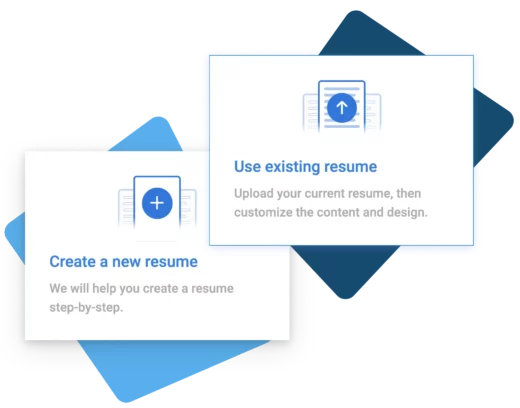
Improve Your Resume or Build a New One from Scratch
Give your resume a facelift for free! Import it to our resume builder, choose a template, and freshen it up in minutes.
Upgrade Your Resume with AI-Powered Suggestions
Simply enter your profession in the search bar and choose from AI-recommended results .
Powered by ChatGPT, our builder provides instant, natural language suggestions tailored for applicant tracking systems.
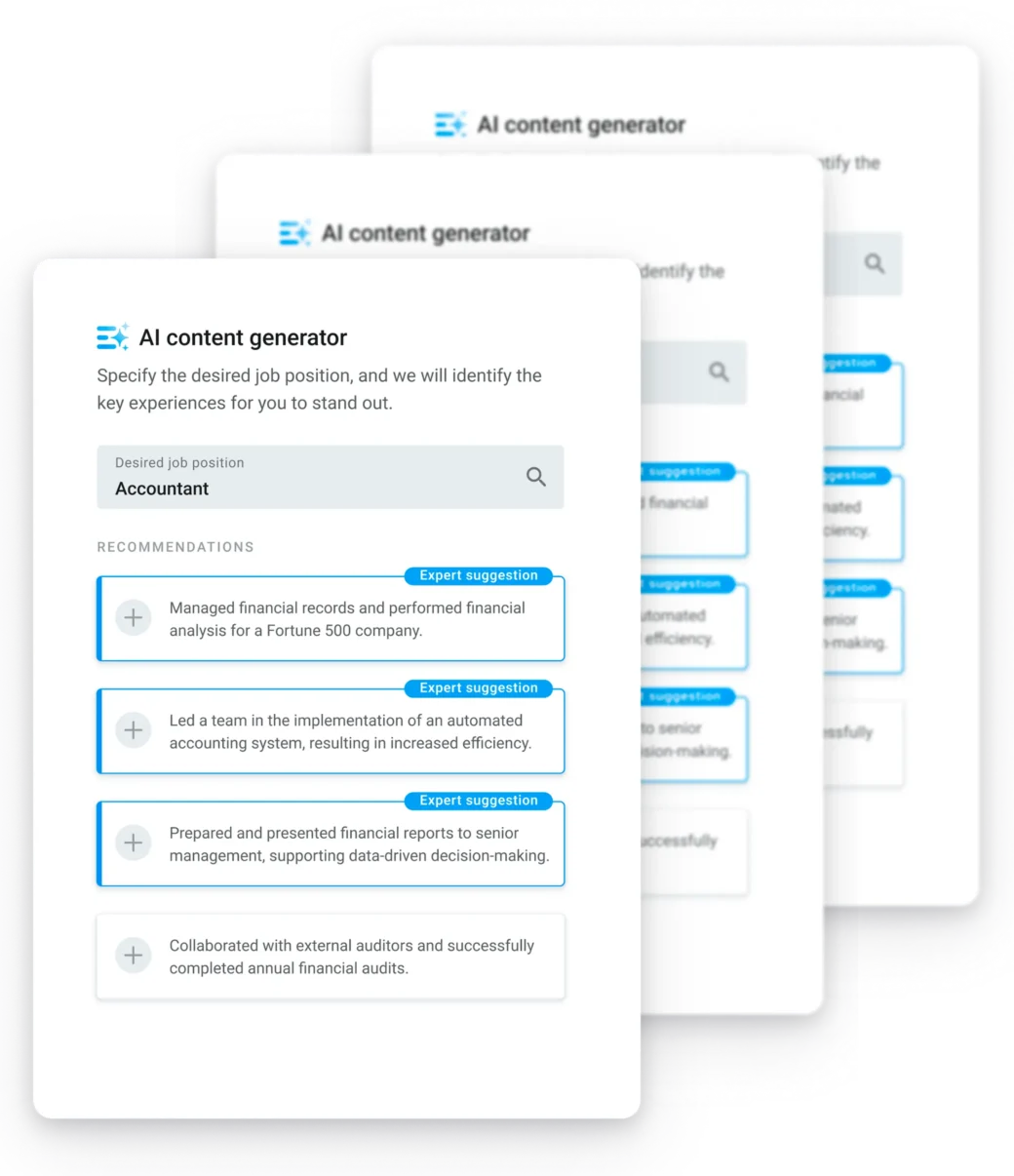
Draft the Perfect Cover Letter to Pair with Your Resume with ResumeCoach
Download a high-quality PDF and proceed to elevate your job application to the next level.
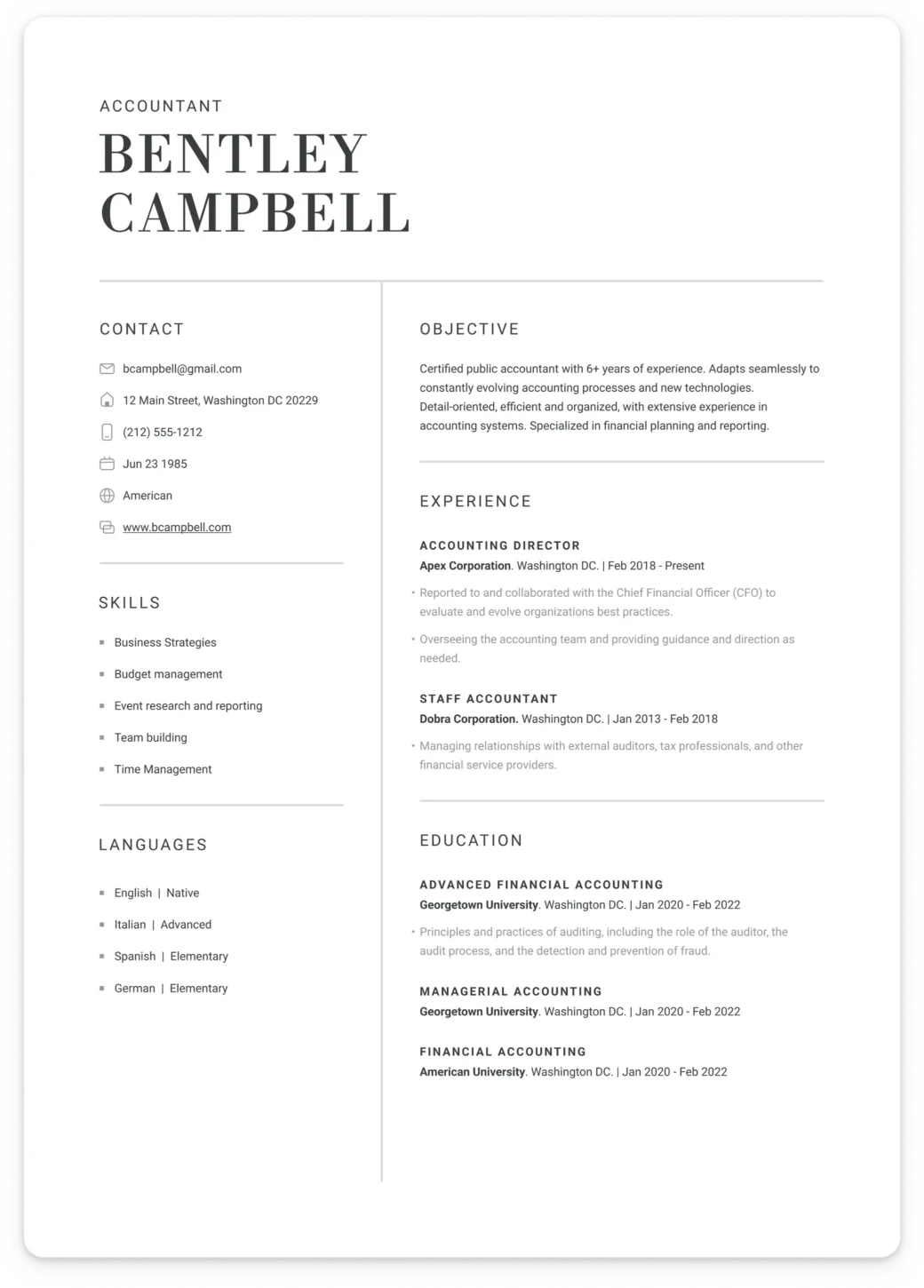
Build your online resume
Create your resume and share it securely with employers using a private link.
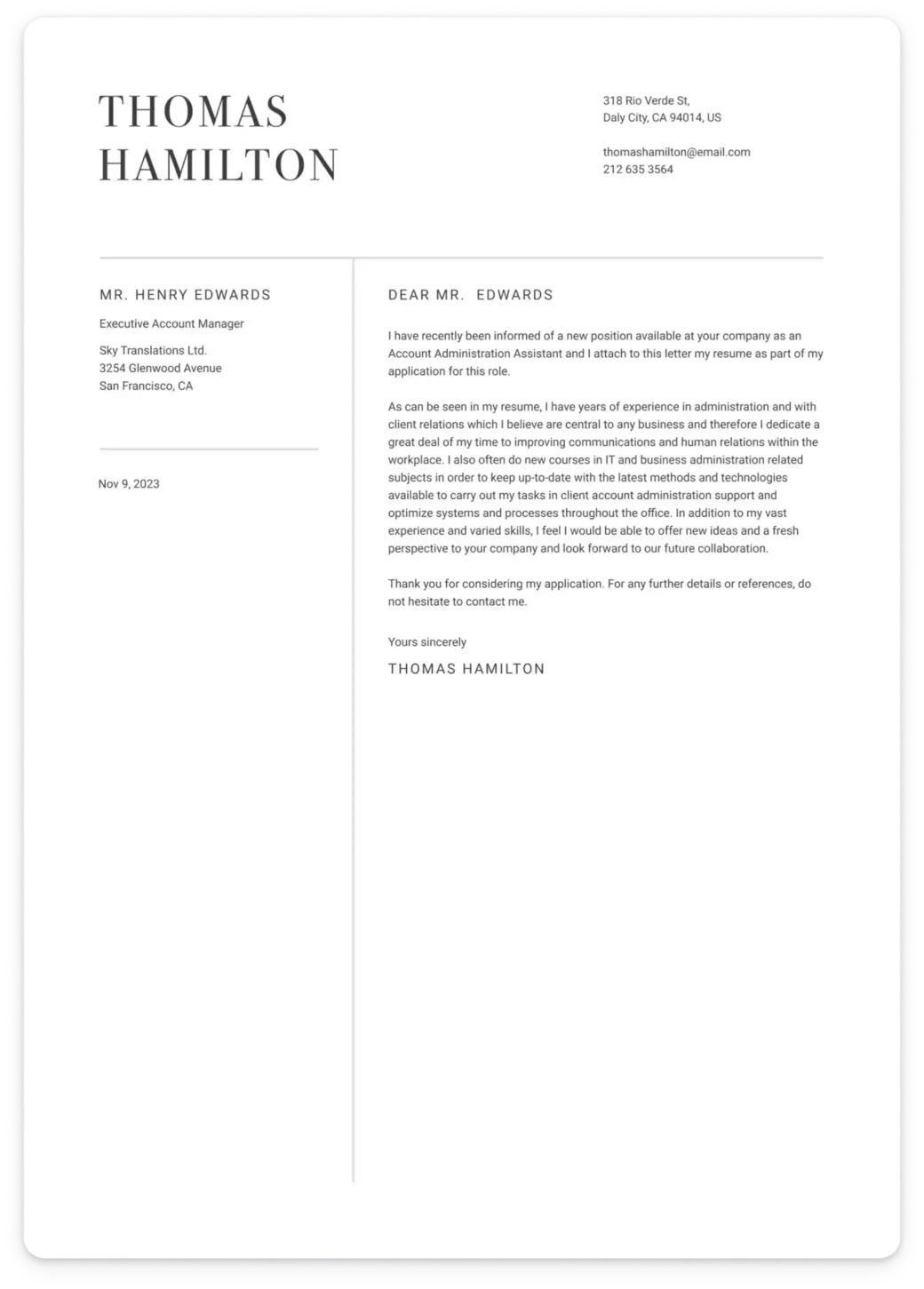
Make a compelling cover letter
Craft a cover letter that complements your resume, with phrases and keywords tailored to your profile and position.
The 8 Unique Benefits You Get From Our Resume-Building Tools
These are the tools that will increase your job prospects.
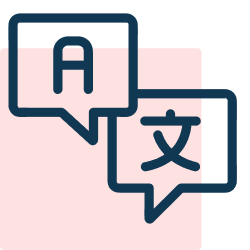
Powerful editor, available in multiple languages
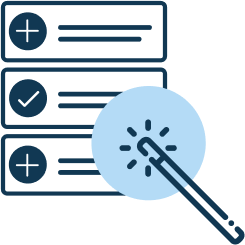
Smart support of our AI content generator
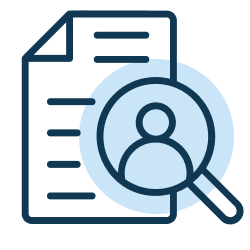
Recruiter-approved and ATS-optimized templates
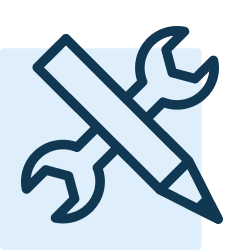
Varied styles, colors, fonts, and sections to showcase your potential
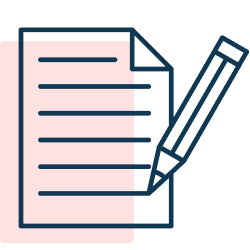
Quickly create tailored cover letters to your resume
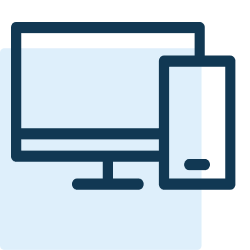
Work on the go! Multi-device compatibility

A private URL to your resume for direct online sharing with employers
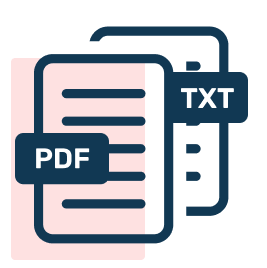
Create unlimited resumes and cover letters

See what people are saying about us
ResumeCoach has helped people get hired all over the world. Let us help you too!
Thank you Resume Coach! As someone who has struggled with crafting an effective resume in the past, I was thrilled to discover Resume Coach. The site’s user-friendly interface and customized guidance are unbelievable! Hugo M · 15 days ago
The best resume-building site out there After using Resume Coach, I’m convinced it’s the best resume-building site out there. The site’s tips, templates and expert guidance made all the difference. Jeannette L · 13 days ago
Top notch! The Resume Coach site is a must-visit for anyone who wants to take their career to the next level. Their personalized advice and tailored resume templates are top-notch! Taylor O. · 7 days ago
I can’t recommend Resume Coach enough! Their platform helped me identify my strengths and create a resume that truly highlighted my skills and achievements. Kristy P. · 9 days ago
Awesome and great service Very satisfied with the features and options in this site. Really it was so helpful and easy to work. Praveen M. · 9 days ago
ResumeCoach has successfully given expert advice to individuals to secure employment worldwide.

Frequently Asked Questions
Use of resumecoach.
It really is as simple as 1, 2, 3…
- Sign in to your ResumeCoach account and choose a resume template from our exclusive database.
- Complete all the fields you wish to include, using our practical examples as a guide .
- Finally download your finished resume and start applying! Within minutes you can get your up-to-date, winning resume online to download.
When you log into your account, you will see all your saved resumes on your account home page . By simply clicking on the resume you wish to edit you will be able to modify texts and change what is included on your final resume before downloading.
When you log in on ResumeCoach.com you will be taken directly to a page with your saved resumes where you’ll also be given the option to add a new resume . Clicking on the ‘Add New Resume’ button will take you to the list of optimized resume templates . Click on any of these to start editing your resume with this template.
Minutes! With our helpful tips and practical examples, you can create your winning resume on our resume builder easily within half hour .
Yes you can . Changing the resume template you use is super simple. When you first register you will be asked to choose a resume template which you can change from the resume editing page. The selection of templates is visible alongside the preview of your resume . You can click on whichever appeals to you and your information will be imported to this new template as seen in the preview. When completing a resume, you will have the opportunity to fill out all the sections relevant for you, with our helpful resume examples and tips.
Once you have completed filling out the resume template chosen, click on the download your resume button in the corner. Here users can choose whether to download their resume in TXT or PDF format in order to proceed. You can download your same resume as many times as you need while you enjoy your registered membership of ResumeCoach.com.
Yes , you can make a resume for any kind of job with our Resume Builder! You can use different templates for different sectors or companies as well . We have a range of samples available in our resume editor, which can be customized to fit your profile and tailored for the vacancy that interests you. Whether it’s for healthcare, HR, project management, accounting, or hospitality, you’re more likely to stand out and land the interview!
Yes , users can use any smartphone, tablet, iPad, desktop or laptop computer to access their account and all their saved resumes. Resumes will be saved automatically as you work . ResumeCoach allows its users to log into their account from any Internet access point in order to edit, download and send their resumes at any time from anywhere .
Using AI to build your resume is one of the best ways to improve your document ! Our AI-driven tool provides personalized content suggestions , making the process of creating a professional and polished resume low effort. The suggestions help tailor your document to your specific career needs and ensure it is optimized for Applicant Tracking Systems (ATS) . This not only saves you time but also enhances your application , increasing your chances of catching a recruiter’s attention!
Do you need advice from our experts?
Send us an email at [email protected]
Give us a call (M-F, 8h-20h CEST) +1 (844) 333-0735
- PRO Courses Guides New Tech Help Pro Expert Videos About wikiHow Pro Upgrade Sign In
- EDIT Edit this Article
- EXPLORE Tech Help Pro About Us Random Article Quizzes Request a New Article Community Dashboard This Or That Game Popular Categories Arts and Entertainment Artwork Books Movies Computers and Electronics Computers Phone Skills Technology Hacks Health Men's Health Mental Health Women's Health Relationships Dating Love Relationship Issues Hobbies and Crafts Crafts Drawing Games Education & Communication Communication Skills Personal Development Studying Personal Care and Style Fashion Hair Care Personal Hygiene Youth Personal Care School Stuff Dating All Categories Arts and Entertainment Finance and Business Home and Garden Relationship Quizzes Cars & Other Vehicles Food and Entertaining Personal Care and Style Sports and Fitness Computers and Electronics Health Pets and Animals Travel Education & Communication Hobbies and Crafts Philosophy and Religion Work World Family Life Holidays and Traditions Relationships Youth
- Browse Articles
- Learn Something New
- Quizzes Hot
- This Or That Game
- Train Your Brain
- Explore More
- Support wikiHow
- About wikiHow
- Log in / Sign up
- Job Application Documents
- Resume Preparation
How to Make a Cover Page
Last Updated: January 12, 2024 Fact Checked
This article was co-authored by Amber Rosenberg, PCC . Amber Rosenberg is a Professional Life Coach, Career Coach, and Executive Coach based in the San Francisco Bay Area. As the owner of Pacific Life Coach, she has 20+ years of coaching experience and a background in corporations, tech companies, and nonprofits. Amber trained with the Coaches Training Institute and is a member of the International Coaching Federation (ICF). There are 7 references cited in this article, which can be found at the bottom of the page. This article has been fact-checked, ensuring the accuracy of any cited facts and confirming the authority of its sources. This article has been viewed 145,316 times.
Many professional and academic documents will require a cover page, but the information required for a cover page varies depending on the nature of the document. Some cover pages, like those you would send with a resume, are actually letters. Others, like those used for academic essays, are actually title pages. For all cover letters, using a standard font such as Times New Roman, in at least a 12-point size, is recommended.
Formatting a Cover Page For Your Resume

- You should usually use standard 1-inch (2.5-cm) margins, but you can use margins as small as 0.7 inch (1.8 cm) as long as they are the same on all sides.

- If you have a fax number, you should include it below your phone number and above your e-mail address.

- Write out the full name of the month, rather than abbreviating by using a number. For example, rather than write 1/1/2001, you should write January 1, 2001.
- Leave a blank line above and below the date.

- Note that you do not need to include an e-mail address, phone number, or fax number for the company.
- If you do not know the name of a specific contact at the company, skip over that information.

- When you can determine the gender of the receiver, leave out his or her first name and address the receiver as "Mr." or "Ms." For example, "Dear Ms. Smith" or "Dear Mr. Johnson."
- If you do not know the gender of the receiver, skip the title and use his or her full name. For example, "Dear Pat Roberts."
- Leave a blank line before and after you address the receiver.

- If you are a student, state the university you attend and your major.
- Indicate what position you are applying for as well as how or where you heard about the position.
- You can also mention the name of a professional or academic contact you know who has a positive connection to the reader or company.

- List any special projects, awards, or accomplishments that have a clear connection to the skill set requested by the employer.

- You can include your phone number and e-mail address, as well, but it is not entirely necessary since this information is included in your header.

- Always use black ink to sign formal documents.
Making a Cover Page For a Fax

- Include your phone number and your fax number beneath your name and address.
- Leave at least two blank lines below this header and the rest of the document.

- It's a good idea to save your document as a template for future fax use, since the general format will remain the same.
- The most important quality to your fax cover sheet is that it be clear and easy to read.

- Label the date with "DATE," the receiver's name with "TO," your name with "FROM," and your phone number with "PHONE."
- In the United States, the date will be written in "Month, Day, Year," while in most other countries, it will be written "Day, Month, Year."

- Label the time with "TIME," the receiver's fax number with "FAX," your fax number with "FAX," and your e-mail address with "EMAIL."
- Note that the receiver's name and fax number should be placed on the same horizontal line. Likewise, your name and fax number should be placed on a shared horizontal line of their own.

- Note that this line does not need to be in all capital letters.

- If you had previous contact with the receiver concerning this fax, state that information.
- Introduce your message with the label "MESSAGE:"
- Below your message, ask the receiver to verify the receipt of the document by calling the phone number provided or using the e-mail address provided.

- Specific privacy guidelines for transmission of protected confidential information may vary. If you work for a health provider, you may need to follow additional guidelines to protect the privacy of your client.
Formatting a Cover Page For Your Manuscript

- Use your real name. If you are submitting the manuscript under a pen name, you can follow your real name with your pen name. Introduce a pen name with "A.K.A." or "(Pen name: John Doe)."
- If you're submitting your work to a context that will be judged anonymously, you'll include your contact information on the cover page, while omitting your name and contact information from the title page.

- You do not need to use an exact word count. For instance, if your manuscript is 63,472 words, round it off to 63,000 or 63,500.
- Introduce the word count with "Approximately ______ words."

- Typing the title in all capital letters is a fairly common practice, but it is not necessary.
- It's not necessary to underline, italicize, or bold the title.

- You don't have to include any indication of copyright protection, as your work is automatically protected.
- Never bind or connect the pages of your manuscript in any way. Your cover letter, like the other pages of your manuscript, should be unbound and placed in an envelope or box.
Using APA Style For Your Cover Page

- Introduce the running head with the words "Running head." Follow this label with a colon.
- The running head itself should be in all capital letters.
- The running head should be no longer than 50 characters, including spaces and punctuation.

- The page number and running head should be evenly aligned horizontally.

- Capitalize the first letter of all major words but not for minor words. For example: How to Make a Cover Page
- Do not italicize, bold, or underline the title.

- For example, if you are submitting the paper for a class taken at the University of North Carolina at Asheville, you should include this in the line beneath the author's name (i.e. your name, and the names of your co-authors.)
- Check with your professor for any additional guidelines.
Using MLA Style For Your Cover Page

- Be aware that cover pages are not standard in MLA format, but some professors do request them.

- Do not bold, italicize, or underline either the title or the subtitle.

- Your name should be written using the same font and size as the other words on your title page.
- Don't try to use a cute or clever font for any part of your cover page, as professors don't care for this.

- Introduce your instructor as "Dr." when appropriate. If you cannot use this title to address your instructor, at least introduce him or her as "Professor." For example, "Dr. John Doe" or "Professor John Doe."
- Include both the course name and number.
Using Chicago Style For Your Cover Page
- In Chicago style, cover page and title page refer to the same thing.
- Your professor may have other requirements. Make sure you use the preferred formatting for your course.

- Capitalize the first letter of each major word in your title, but not those belonging to minor words. For example: How to Make a Cover Page
- Alternatively, some style guides suggest that the title be presented in ALL CAPS.
- Do not underline, italicize, or bold the title.
- If you have a subtitle, place a colon following your title and write the subtitle on the following line.

- Your name should be typed about three quarters of the way down the page.
- Use the same font and size that you've used throughout the cover page.

- Include both the name and course number of the subject.
- Write your professor's full name and title. Use "Dr." only when appropriate. For example: "Dr. John Doe" or "Professor John Doe."
Expert Q&A

You Might Also Like

- ↑ https://careercenter.georgetown.edu/major-career-guides/resumes-cover-letters/resume-formatting-tips/
- ↑ Amber Rosenberg, PCC. Pacific Life Coach. Expert Interview. 8 March 2022.
- ↑ http://owl.english.purdue.edu/owl/resource/549/01/
- ↑ http://windows.microsoft.com/en-us/windows/create-edit-fax-cover-page#1TC=windows-7
- ↑ https://winningwriters.com/resources/manuscript-tips
- ↑ http://academictips.org/mla-format/mla-format-cover-page/
- ↑ https://owl.english.purdue.edu/owl/resource/717/02/
About This Article

To make a cover page using MLA format, start by setting your margins to 1 inch on all sides and keeping the alignment centered. Next, choose 12 point Times New Roman for your font and place your title roughly one-third of the way down, capitalizing the first letter of every major word in your title. Then, skip several lines below the title and write your full name, as well as any other collaborators. Finally, list the name of your instructor, the name of the class, and the date, making sure to separate each element with a double-spaced line. To learn more, like how to make a cover page using APA or Chicago Style, read on! Did this summary help you? Yes No
- Send fan mail to authors
Did this article help you?

Featured Articles

Trending Articles

Watch Articles

- Terms of Use
- Privacy Policy
- Do Not Sell or Share My Info
- Not Selling Info
Don’t miss out! Sign up for
wikiHow’s newsletter

IMAGES
VIDEO
COMMENTS
A resume cover page is a one-page letter that explains why you're qualified for your target job. Learn how to write a cover page with our tips and examples, and download free templates.
Learn how to write a cover page for your resume with tips, examples and a template. A cover page is a letter or email that showcases your skills, suitability and enthusiasm for a role.
Learn what a resume cover page is, why you may need one, and how to write a professional cover letter for your resume. See a sample cover page for a resume and get expert advice on how to format it.
A cover page is a one-page letter you send to employers in addition to your resume and other application materials. It should describe your skills, experience, education and achievements that make you a good fit for the role. Learn the basics of cover pages, what details and information to include and how to format them.
Learn how to write a resume cover page, also known as a cover letter, to introduce your resume and showcase your skills. Find out what to include, how to format, and see examples of effective cover pages.
As mentioned, the cover letter should be no more than one page. Cover letters should be informative and engaging but still concise. Ideally, it should be between 250 and 500 words. It's meant to be a convenient glimpse into your job history, skills, and work ethic, but they don't need your life story.
Learn how to create a cover page for a resume, cover letter or academic paper in Microsoft Word. Follow the steps to insert, customize or remove a cover page from your document.
A resume cover page is a letter sent along with your resume when applying for jobs. It provides detailed information on why you're qualified for the job you're applying for. Tailor each cover page to the position. Don't just summarize your resume; provide context and make a case for your candidacy. Use an example to help you craft your own ...
Cover page example Review this example of a cover page that you can use for inspiration: [email protected] 178 Street Name Calgary, AB 555-555-5555 October 2, 2022 Hiring manager Business Company Calgary, AB Dear [Hiring Manager], I am writing to apply for the executive assistant role at Business Company, advertised in an online publication. This position appeals to me for many reasons ...
Learn what a resume cover page is, how to write one and see an example. A cover page can help you showcase your skills and accomplishments to a potential employer.
Learn how to write a resume cover page or cover letter to stand out from other candidates and get hired. Find tips, templates, and samples for different types of jobs and situations.
A resume cover page, also known as a cover letter, is a one-page document that accompanies your resume when applying for a job. It serves as an introduction to your qualifications, skills, and experiences, allowing you to showcase your unique value proposition to potential employers. Unlike the resume, which provides a concise summary of your ...
A resume cover page (or cover letter) is absolutely necessary for a successful job application. While some recruiters don't have time to read them, others do and will reject your candidacy if you don't have one. Writing a cover letter will greatly improve your chances of getting an interview. Just as you prepare a tailored resume for each job, you need an original cover page every time you ...
With Canva's free resume builder, applying for your dream job is easy and fast. Choose from hundreds of free, designer-made templates and customize them within a few clicks. Forget spending hours formatting your resume, or choosing complimentary fonts for your cover letter. Creating a resume online with Canva's free resume builder will give ...
Resume Genius is the internet's premiere free resource for job seekers, and features powerful resume builder and cover letter generator software for anyone looking to apply for competitive jobs across the globe. Over the past decade, Resume Genius has helped millions of users put together winning job applications by providing thorough writing ...
Our free-to-use resume builder can make you a resume in as little as 5 minutes. Just pick the template you want, and our software will format everything for you. 1. College student format. This resume format is ideal for college students because it features a detailed education section and a simple, modern design.
Create the Best Resume in Minutes and Get Hired Fast! Choose a template or import your existing resume. Edit your resume from any device. Enhance it with AI-generated phrases. Download in PDF or TXT, or share online. create a new resume. improve my resume. 4.56 based on 6355 reviews on Sitejabber.
Choose 1.0 or 1.5 inch line spacing. Set margins to 1 inch on all sides. Save your résumé as a PDF or Docx, using your full name and sometimes the job title as the file name. Adhere to the ...
Keep the letter to one page. A cover page for a resume should be formatted as a professional letter, with the cover only one page in length. The document should be aligned to the left and single-spaced, with a blank line separating each paragraph. You should usually use standard 1-inch (2.5-cm) margins, but you can use margins as small as 0.7 ...
The next step of your career starts with a Microsoft Word resume template! Our 2024 resume templates for Word are designed by experts to showcase your skills and experience in a polished, organized document. Import existing resume Build my resume. By Kellie Hanna, CPRW, Career Advice Expert Last Updated: May 10, 2024. EXCELLENT 9236 reviews on.
Each of our free cover page designs includes basic text elements to highlight general information. Once you've found a theme and palette that suits you, head to the dashboard and personalize the cover page sample for your report. Use the text editor to input the basic information on your cover. You can add new elements and section headers and ...
Distinguished. This straightforward cover letter template free download places your name front and center. Executive. The elegant design of this sample cover letter template commands attention. Managerial. Make a bold statement with this modern cover letter template, which offers customizable colors and fonts.
A Resume Cover Page, also known as a cover letter, is a document sent alongside a resume to provide additional information on an applicant's skills and experience. It serves as an introduction to the candidate, highlighting key aspects of their professional background and explaining their interest in the specific position. The template provided ...
Pantheon. The "Pantheon" cover letter template's bold header projects confidence, making it ideal for executives. 2024. Designed for the modern job seeker, our "2024" cover letter template is perfect for people in any industry. Classic. "The Classic" cover letter template is clean, traditional, and the perfect format to start off your application.
Middle paragraph (s) Closing paragraph. Letter ending and signature. Your cover letter should be one page long and use a simple, professional font, such as Arial or Helvetica, 10 to 12 points in size. Your letter should be left-aligned with single spacing and one-inch margins. Show Transcript.
Learn MS Word and make a cover page for your resume to improve chances of getting shortlisted for a job. To watch more videos and download the files visit ht...
The One-Page Rule Applies to Resumes and Cover Letters, with Rare Exceptions. Typically, when applying for entry or mid-level positions, you should limit your cover letter and resume to one page each. A single-page resume allows you to present your qualifications clearly and effectively. It ensures the hiring manager will quickly recognize your ...